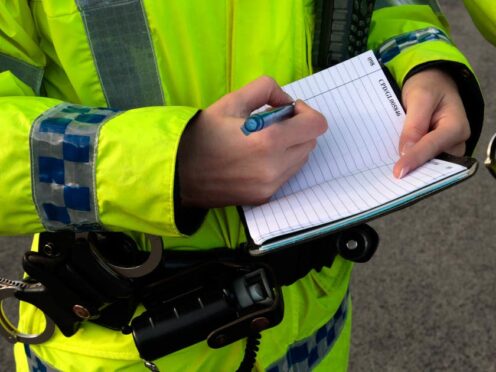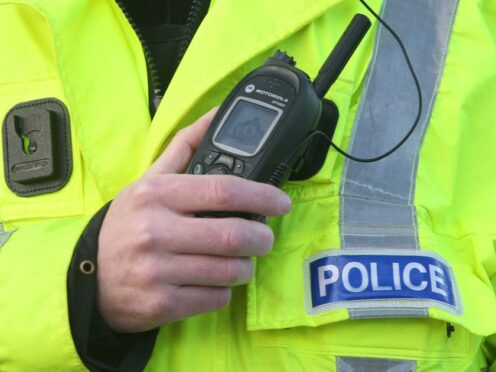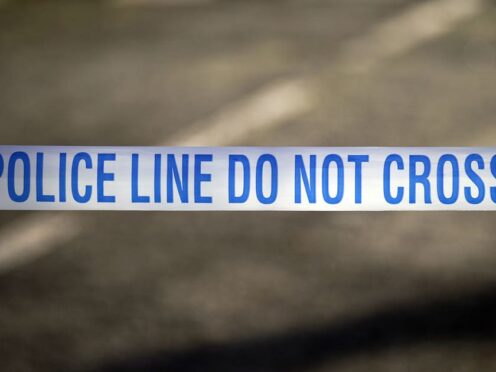The Scottish Government is facing an open rebellion from families against its controversial named person scheme.
As MSPs return to work today, an exclusive poll for the Press and Journal shows that more than two thirds of people would not cooperate with their state guardian.
More than 70% also said they were not in favour of the scheme, which was knocked back by the UK’s highest court in July, with three judges branding aspects of it “unlawful”.
Amid mounting public opposition, MSPs will soon vote on the revised state guardian legislation, with Education Secretary John Swinney due to make a statement to parliament later this week.
But the findings of the poll of 1,159 people reveal that 69% would refuse to cooperate with a named person, even if the legislation passes.
More than half (56%) agreed the scheme was “intrusive” and said they were not in favour, with 17% responding that the “intention is good” but still being opposed.
A fifth of people said they were in favour of the scheme, which will see every child under-18 given a named person – usually a teacher or social worker – to monitor their welfare,
with a further 7% saying they would support it with changes.
The named person scheme was initially approved by 103 votes to nil in 2014 as part of the Children and Young People Act, and the Scottish Government insist it will help stop abuse and neglect.
Plans to roll it out across Scotland on August 31 were derailed by the Supreme Court verdict on July 28 – although officials have insisted they will press ahead with the plans after making the necessary legislative amendments.
The Supreme Court ruled the aims of the scheme were “benign” but concluded some of the proposals around information sharing breached Article 8 of the European Convention on Human Rights.
There have also been growing doubts about its effectiveness following the death of Highland toddler Clyde Campbell – despite the tragic youngster having a named person.
Highland Council has run a pilot version of the named person scheme since 2010.
The two-year-old died of cot death after five months of neglect at the hands of Amanda Hardie, who stayed at a boyfriend’s house the night before he died.
A P&J investigation found that the named person – a health visitor – overseeing the welfare of the Inverness youngster only got in touch with the family four times.
The unnamed official visited the home of Hardie twice in the first month of little Clyde’s life in 2012.
After that there were just two further contacts, in April and August of that year, both of which were phone calls, and only one of which was answered.
In response to a message left during the final call on August 8, 2012, Hardie told the named person that she did not want any further visits.
That was enough to ensure the family was not contacted again by the named person until after Clyde was found dead in his home more than 17 months later, on February 23, 2014.
The polling results are based on a questionnaire sent to registered P&J readers, with demographic data used to ensure a cross-section of respondents
across north and north-east Scotland.









